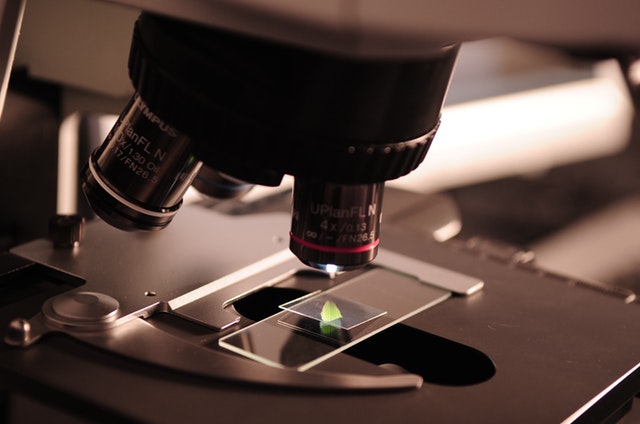Diatoms are single-celled algae with siliceous cell walls found in various aquatic environments. Forensic scientists use their unique compositions to link victims to specific bodies of water.
Diatom: Nature’s Microscopic Witnesses in Forensic ScienceDiscover the fascinating field of Forensic Science, the application of scientific principles to legal matters. This post delves into its many disciplines, from DNA analysis to crime scene investigation, its importance in the justice system, and the core tenets that guide forensic experts in their quest for truth. More
Although minuscule in size, diatoms play a fascinating role in forensic science. These single-celled organisms, a type of algae, have siliceous cell walls and are found in various aquatic environments, including marine and freshwater ecosystems. Their presence and distribution in bodies of water have made them valuable tools for forensic investigators. This explanation will delve into the world of diatoms and their significance in forensic science.
Understanding Diatoms
Diatoms belong to a diverse group of photosynthetic microorganisms with a unique characteristic: their cell walls are silica (silicon dioxide). They are among the most abundant microorganisms on Earth and are found in virtually all aquatic habitats, from oceans and rivers to lakes and even moist soils. Diatoms come in an astonishing array of shapes and sizes, making them an incredibly diverse group of algae.
One key feature of diatoms is their exquisite siliceous cell walls, known as frustules. These frustules have intricate patterns and designs, and their characteristics can vary from one diatom species to another. This variation holds the key to their application in forensic science.
The Role of Diatoms in Forensic Investigations
Diatoms have found a unique role in forensic science, particularly in cases involving bodies found in or around bodies of water. When a person or object is submerged in a body of water, diatoms present in that water can adhere to the victim’s clothing, skin, or other surfaces. This presents forensic investigators with a significant opportunity.
By meticulously analyzing the diatoms found on a victim’s body or clothing, forensic scientists can establish a connection between the victim and the specific body of water in which they were immersed. The idea is that not all bodies of water contain the same species of diatoms. The unique combination of diatom species in a particular body of water creates a “diatom fingerprint” that can be used for comparison.
Forensic diatomology involves the following key steps:
- Collection and Preservation: During the autopsy or examination of a victim’s body, forensic investigators collect samples from the skin, clothing, or any other relevant surfaces. These samples may contain diatoms that can be used for analysis.
- Diatom Extraction: The collected samples are processed to extract diatoms. This is typically done by chemical digestion, which dissolves organic material while preserving the robust silica frustules of diatoms.
- Microscopic Examination: The extracted diatoms are then examined under a microscope. Forensic scientists compare the diatom species and their abundance with reference samples from local bodies of water.
- Comparison and Reporting: If a match is found between the diatom composition on the victim’s body and a specific body of water, it can provide critical information to investigators. This evidence can be used to link a victim to a particular location and even establish the potential time of death based on the state of diatom colonization.
Significance in Criminal and Environmental Cases
Diatom analysis is employed in various types of cases, including criminal investigations involving drowning or bodies recovered from water, as well as environmental cases related to water quality and pollution.
In criminal cases, diatom analysis can be instrumental in corroborating or challenging witness statements and other evidence. It can help establish whether a drowning occurred in the suspected location or if a body was moved post-mortem.
In environmental cases, diatom analysis can provide insights into the health of aquatic ecosystems and the impact of pollutants, making it a valuable tool for environmental monitoring.
In conclusion, diatoms, these microscopic aquatic organisms with silica shells, serve as nature’s witnesses in forensic science. Their unique compositions in different bodies of water provide forensic scientists with a powerful tool to link victims to specific aquatic environments, aiding in both criminal investigations and environmental assessments.





